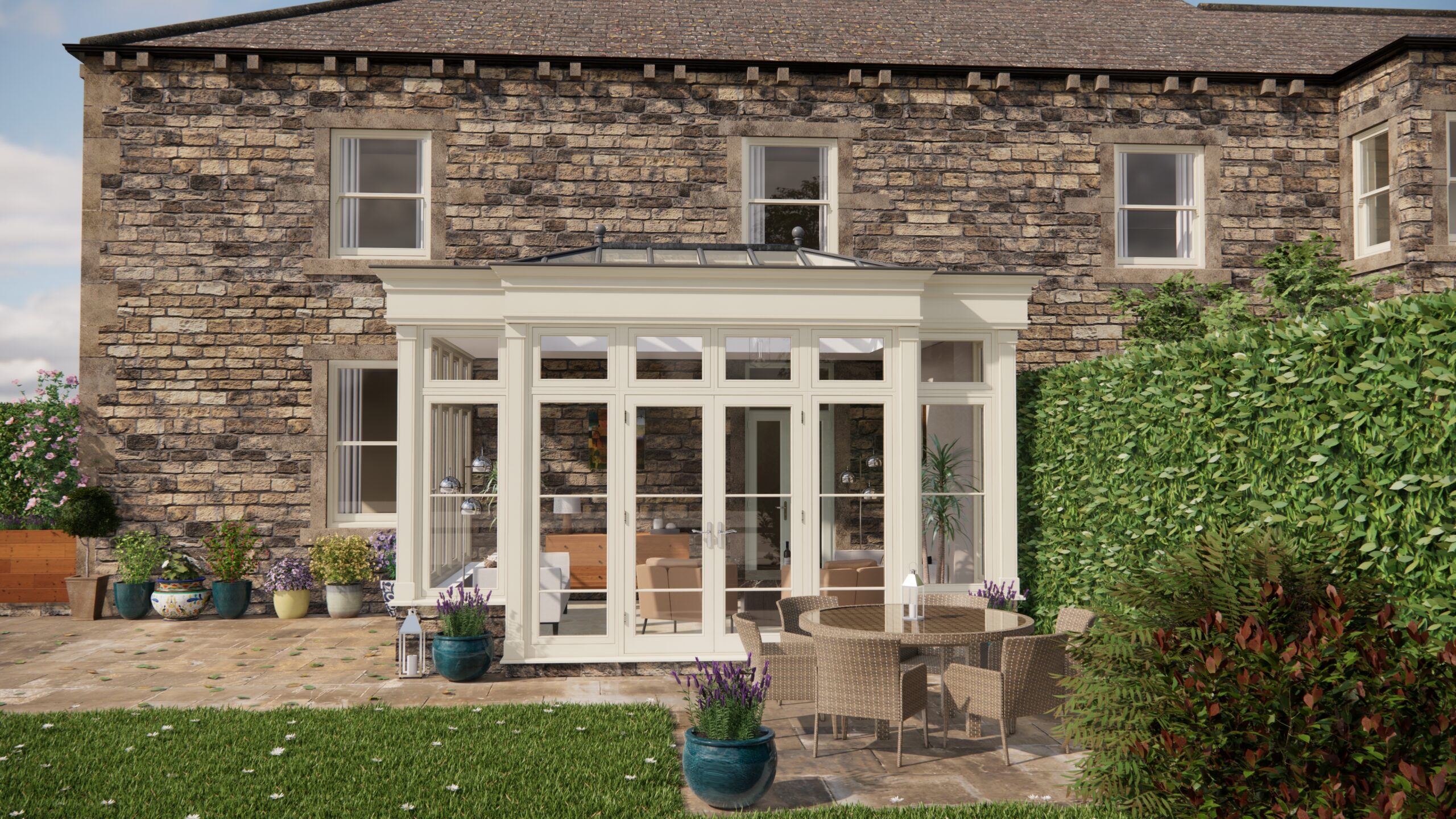I’m always on the lookout for ways to extend the joy of UK gardening beyond the fleeting brilliance of summer. Our readers tell us that’s what they want, too! So, with autumn well underway, I decided to chat with Natasha, a local garden designer with a particular passion for autumn colour. Her gardens are famous for their fiery displays, and I was eager to glean some of her wisdom.
“Natasha,” I began, settling into a comfy chair in her sun-drenched orangery (naturally!), “your autumn gardens are legendary. What’s the secret?”
Natasha chuckled, stirring her tea. “There’s no magic, really. It’s about understanding which plants truly shine in the autumn and incorporating them thoughtfully into the design. It’s about extending the enjoyment of the garden beyond the summer and appreciating the subtle beauty of decay and transition.”
Planting for Autumn Brilliance
“So, which plants are your go-to for autumn colour?” I asked, pen poised ready.
“Oh, where do I start! For trees, Acer palmatum, the Japanese maple, is a classic for a reason. The variety of leaf shapes and colours is incredible, from fiery reds to vibrant oranges and yellows. Cotinus coggygria, the Smoke Bush, is another fantastic choice. Its foliage transforms into a stunning display of reds and purples. And don’t forget Amelanchier, the Snowy Mespilus. It provides beautiful spring blossom, followed by edible berries, and then finishes the year with a spectacular show of autumn colour.”
Natasha explained how careful planning is essential. “Consider the plant’s eventual size and shape. A Japanese maple, while stunning, needs space to flourish. Think about underplanting, too. Groundcover plants like Bergenia, with its bronzing foliage, can add another layer of interest.”
Designing for a Visual Spectacle
“It’s not just about planting individual trees, is it? How do you incorporate these into the overall garden design?” I inquired.
“Exactly! It’s about creating a tapestry of colour. Consider contrasting foliage colours and textures. Plant evergreens alongside deciduous trees to provide a backdrop for the autumn display. Think about the light. Planting trees where the setting sun can illuminate their leaves will create a breathtaking effect. Use your orangery as a viewing point, so you can appreciate the spectacle of colour from a sheltered space in even the worst weather.”
Natasha stressed the importance of considering the overall garden style. “A formal garden might benefit from symmetrical planting of trees with similar autumn colours. A more naturalistic garden could feature a more relaxed and varied planting scheme.”
Capturing the Ephemeral Beauty
“Autumn colour is so fleeting. How do you encourage people to really appreciate it?” I asked, thinking of my own quickly fading displays.
“Photography is a wonderful way to capture the beauty of autumn,” Natasha said, her eyes twinkling. “Experiment with different light and angles. Look for interesting details, like a single leaf clinging to a branch or frost on a fallen leaf. Sketching or painting are also great ways to connect with the garden on a deeper level. And simply spending time outside, observing the changes in colour and light, is a reward in itself.”
Extending the Garden’s Interest
“What about after the leaves have fallen? How do you keep the garden interesting through winter?” I asked, eager to learn how she avoids the winter blues.
“That’s where winter structure comes in,” Natasha replied. “Think about plants with interesting bark, like silver birch or snakebark maple. Evergreens provide year-round greenery and form. Ornamental grasses, left standing over winter, add texture and movement. And don’t forget the importance of winter-flowering plants, like snowdrops and winter aconites. An orangery can also be a great space to overwinter tender plants and enjoy some greenery during the colder months. The key is to appreciate the beauty of decay and transition. The garden is constantly evolving, even in winter.”
Before I left, Natasha emphasized one final point: “Don’t be afraid to experiment! Gardening is a journey of discovery. Try different plants, observe how they perform in your garden, and create a space that brings you joy throughout the year. Autumn, with its fiery colours and crisp air, is a truly magical time to be in the garden.”
My conversation with Natasha provided me with invaluable insights into how to extend the enjoyment of a garden throughout the autumn season. By carefully selecting plants that offer stunning autumn displays, incorporating them thoughtfully into the garden design, capturing the ephemeral beauty through creative outlets, and extending the garden’s interest beyond summer, we can create a visual spectacle that celebrates the beauty of decay and transition. Embrace the fiery finale of autumn and transform your UK garden into a vibrant masterpiece.


